Week 5 – March 31, 2011: A New Headquarters in Muncie
For over 5 years, the entire staff of the AMA was crammed in what is now the National Model Aviation Museum building. This limited growth of the museum’s collections and limited space to be utilized by all AMA staff.
The ground was broken for the new headquarters site on March 31, 2000, and construction ended in June of 2001. On June 7, 2001, the new building was officially dedicated. This dedication was timed to happen during the AMA’s annual Grand Event, a fun-fly of sorts and more, with model flying, boating, car racing, and kiting.
1. 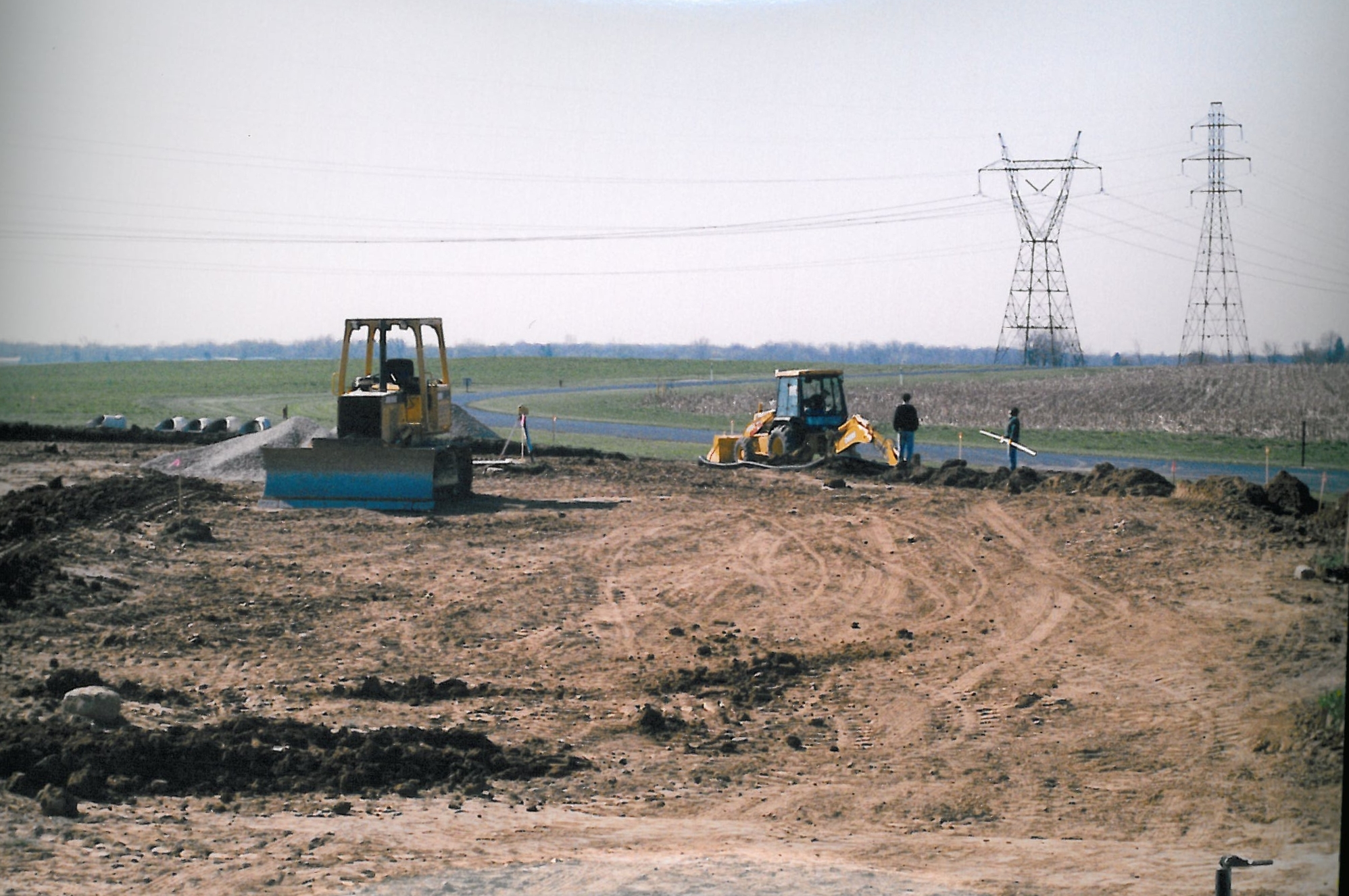
3. 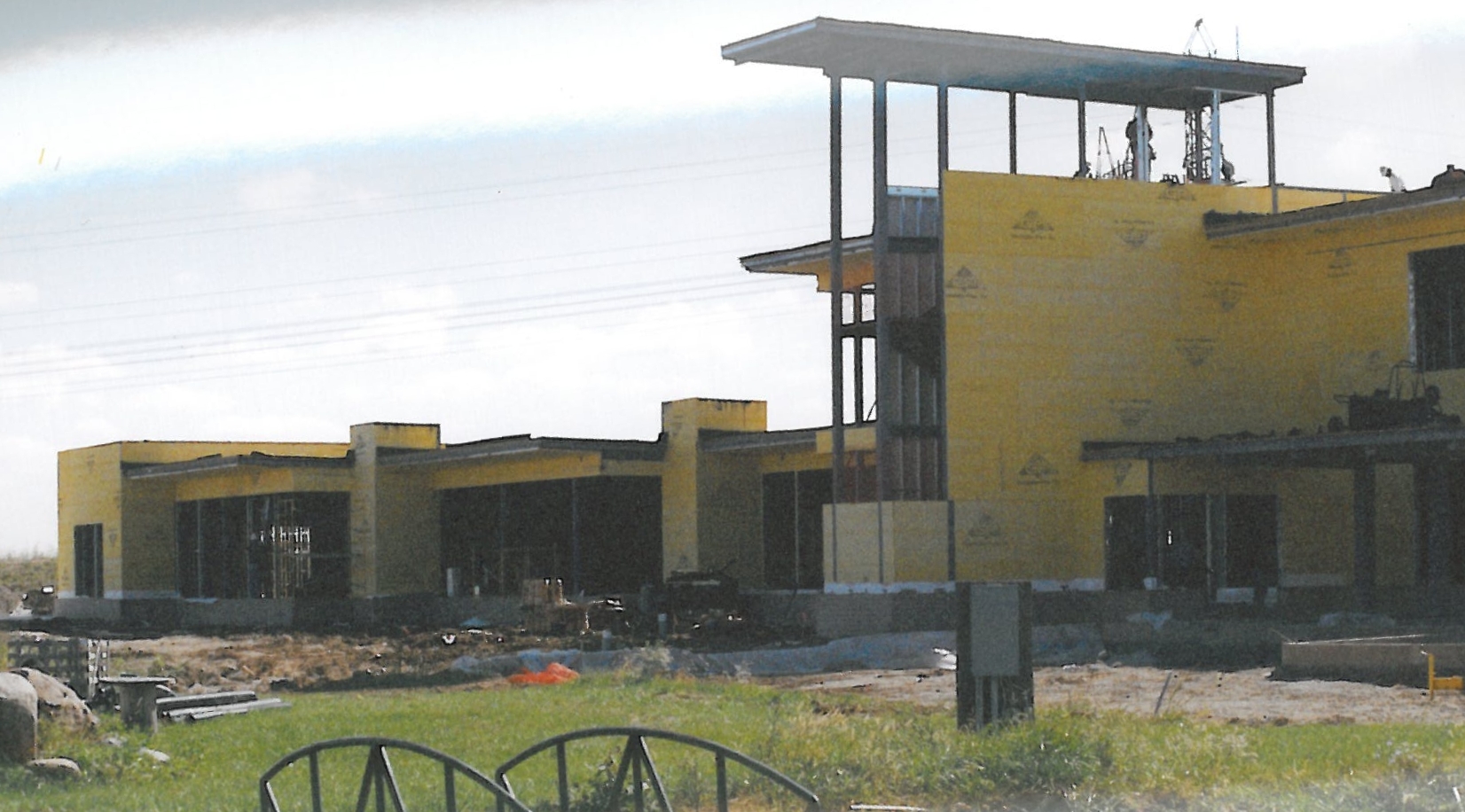
1. Beginning of construction on the new headquarters building, view facing south toward front of building. c. mid-2000. (Source: National Model Aviation Museum Archives, AMA Collection #0001, Photo Credit: AMA staff.)
2. Construction on the new headquarters building, view from south, c. mid-2000. (Source: National Model Aviation Museum Archives, AMA Collection #0001, Photo Credit: AMA staff.)
3. Construction on the new headquarters building, view from North side, c. late-2000. (Source: National Model Aviation Museum Archives, AMA Collection #0001, Photo Credit: AMA staff.)
4. New headquarters building open, Grand Event, July 9, 2001. (Source: National Model Aviation Museum Archives, AMA Collection #0001, Photo Credit: AMA staff.)
5.
6. 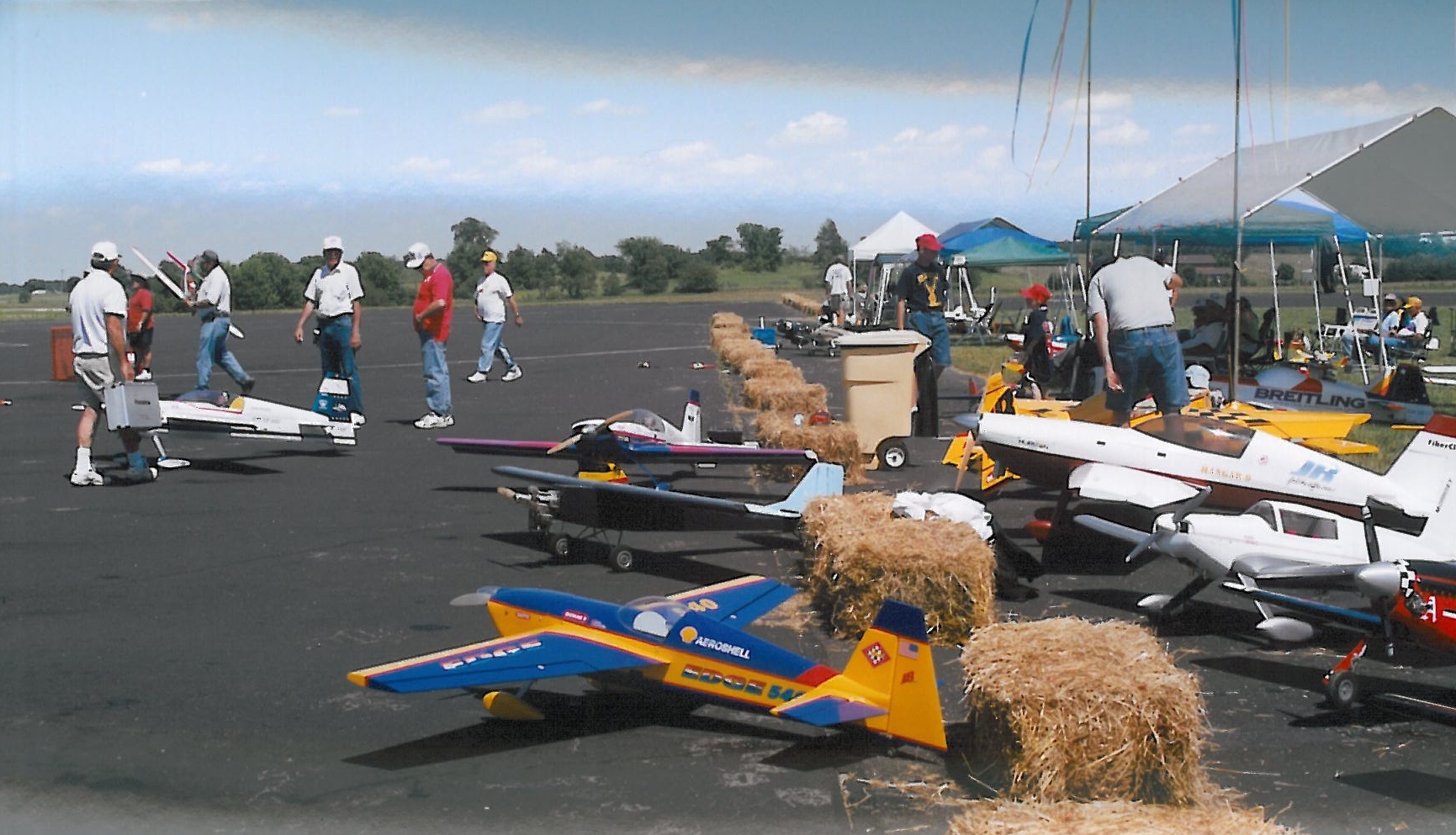
5. Grand Event member’s dinner, July 9, 2001. (Source: National Model Aviation Museum Archives, AMA Collection #0001, Photo Credit: AMA staff.)
6. Radio Control model airplane flying on-site, Grand Event, July 9, 2001. (Source: National Model Aviation Museum Archives, AMA Collection #0001, Photo Credit: AMA staff.)
7. Radio Control boating, Grand Event, July 9, 2001. (Source: National Model Aviation Museum Archives, AMA Collection #0001, Photo Credit: AMA staff.)
Week 4 – March 24, 2011: AMA/FCC Discussions
The AMA and FAA have had long, involved discussion about the availability of frequencies for flying radio controlled model aircraft. Dr. Walter A. Good was the AMA’s go-to guy for dealing with the FAA from very early on. Here’s his summary of the accomplishments. Click on the images to enlarge.
Dr. Good’s summary, in chart form, of the timeline and results of discussions with the FAA. (Source: National Model Aviation Museum Library. [Good, Walter. “Battle for RC Frequencies, Part 3.” Model Aviation, July 1989, pg. 63.])
1. This Babcock receiver operates on the 465 MHz band, the first license free frequency, established in 1949. (Source: National Model Aviation Museum, donated by Fred Stafford, 2008.45.01.)
2. Berkeley’s Mark IV Aerotrol Radio Transmitter, The “Notice” on the box reads, “Notice: Crystal Controlled Transmitter Operates on 27.255 Frequency No Operator’s License Required!” (Source: National Model Aviation Museum, Hulka Collection donated by Rhonda Egler, 2000.29.270.)
3. This license authorized the person to operate on a HAM radio frequency, although by this date, 1957, there were license-free frequencies available. (Source: National Model Aviation Museum Collection, Found in Collection, 2010.01.01.)
Week 3 – March 17, 2011: First AAMA Conference
On March 22, 1937 the American Academy of Model Aeronautics (AAMA) held its first scheduled model aeronautics conference at the National Aeronautics Association (NAA) Headquarters in Washington, D.C. The meeting was the result of concerns regarding the future of the new AAMA following the hospitalization of Lieutenant H.W. Alden.
Alden had been elected as the AAMA’s Secretary – Treasurer in 1936, but had also become responsible for all the day to day operations. Unfortunately, unbeknownst to the AAMA leadership, Alden became very ill and was hospitalized during the Fall of 1936 and as a result no one was responding to any AAAM business.
The March meeting had several important topics on the agenda, most of which involved utilizing the NAA to help run the AAMA. Primarily though it was recognized that Lt. Alden had simply been asked to handle to much of the operation.
• The 1937 NAA Model Aeronautics program was outlined.
o Full responsibility was assumed by the NAA through its Contest Board for the organization and conduct of the 1937 National Championship Model Airplane Meet. (Model Airplane News, June 1937, page 23)
• The NAA agreed to provide model airplane news and records three times a month through the NAA’s model division mimeo, the NAA EAGLE.
• The NAA agreed to provide clerical staff to help handle model airplane matters.
• Junior memberships and flyers licenses were discussed as were contest eligibility and record certificates.
Week 2 – March 10, 2011: AMA Safety Committee
In 1946, the AMA’s Safety Committee was formed to “determine ways to educate modelers to fly safely and to impress on Contest Directors the importance of not conducting meets near any full scale activity.” In 1947, Dr. Walt Good was appointed Chair.
Source: The History of the Academy of Model Aeronautics, Including Part One and Part Two, from the Beginning to the Year 1966, by Willis C. Brown and Dick Black, AMA, 1966
1. 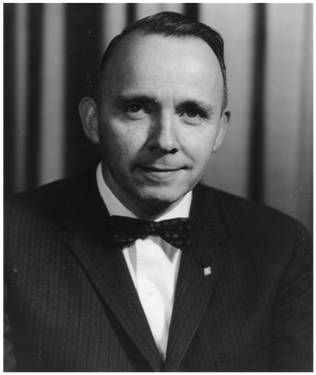
1. Walt Good, first Chair of the AMA’s Safety Committee, unknown date. (Source: National Model Aviation Museum Archives,
AMA History Program Collection #0018.)
Week 1 – March 3, 2011: Dolly Bears
In 1980, while at the Wilmington, Ohio Nats, Dolly Wischer, Rae Underwood, and Rae’s daughters Anne and Cathy, were studying a craft book that happened to have to have a pattern for a teddy bear. Upon seeing it, Dolly commented, “That shouldn’t be too hard to make,” and with encouragement from Anne and Cathy she went on to prove it. She didn’t just make one or two of the bears, though. She made thousands.
The bears were sold at various AMA trade show booths, Nats events, and FAI World Championship events. Made from leftover scraps from her other projects, the supply costs for the bears was low, so the large majority of the funds raised went to various AMA causes. The first cause that Dolly supported with the money was the Building Fund to help pay off the Reston, VA headquarters building. She even created a special little bear badge to help advertise her efforts. The bears sold well because it gave modelers a souvenir to bring home to their family that wasn’t strictly airplane related.
At the FAI World Championships Dolly brought bear kits that could be assembled by family members of the FAI teams, helping bring them together and interact despite cultural and language differences. Because of this, Dolly has an international reputation as being AMA’s “Bear Lady.”
1. 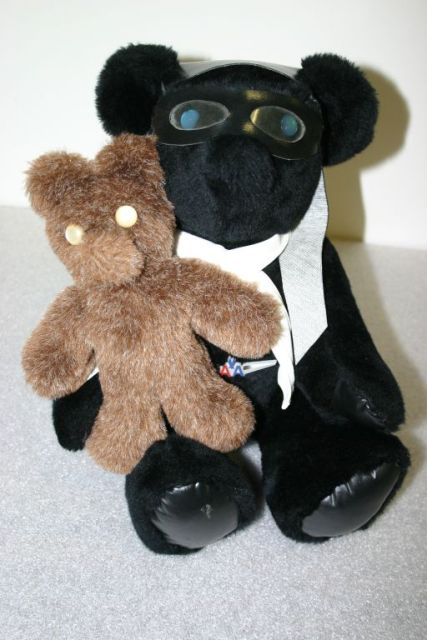 2.
2. 
3. 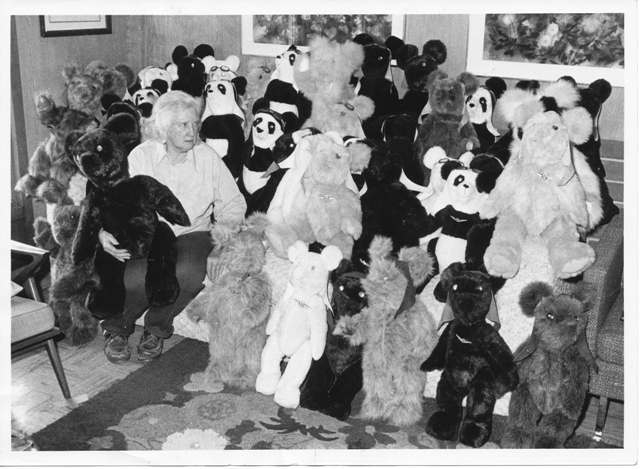
1. Two bears made by Dolly. The smaller one is the type that she would take as a kit to international events. (Source: National Model Aviation Museum Collection, donated by Jay Mealy, 2010.44.01-.02.)
2. This little bear badge was used to advertise Dolly’s efforts of selling the bears to raise money for the AMA Building Fund (to pay off the Reston, VA building). (Source: National Model Aviation Museum Collection, donated in honor of Dolly Wischer, 2010.53.01.)
3. Dolly Wischer surrounded by a number of her handmade bears. (Source: National Model Aviation Museum Collection, Accession file 2010.53. Photograph provided by Bob Underwood.)
Information provided by Bob Underwood.
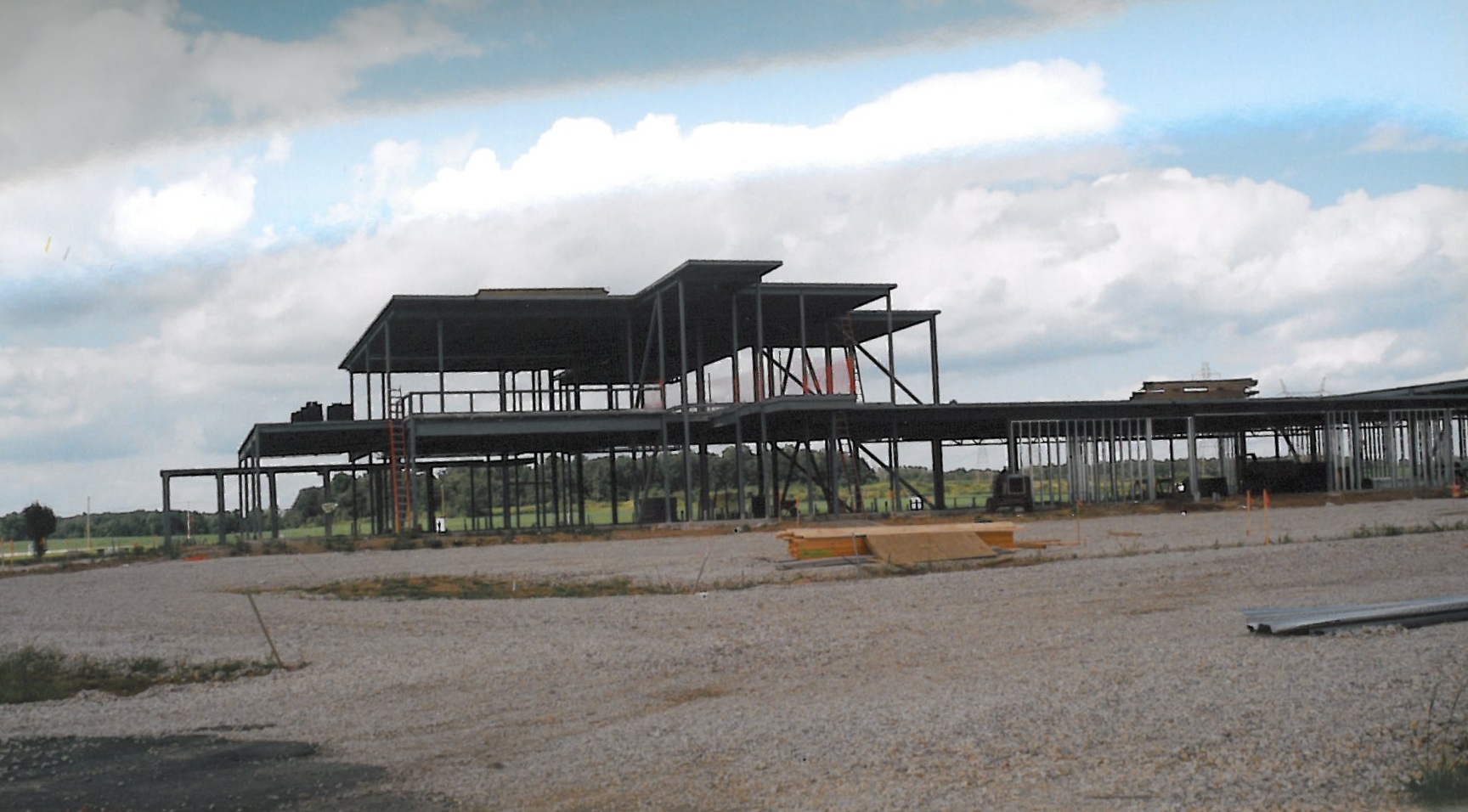
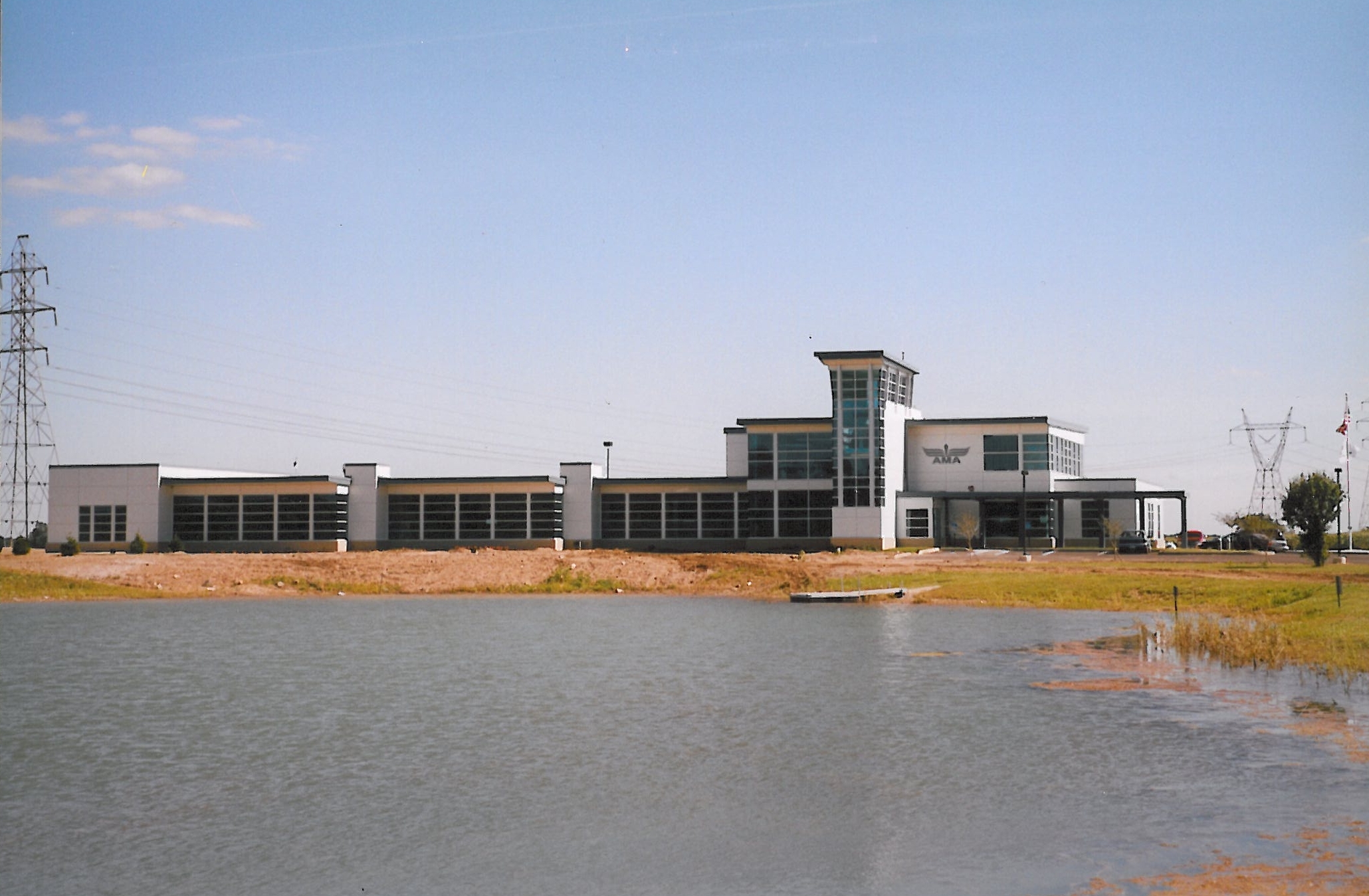
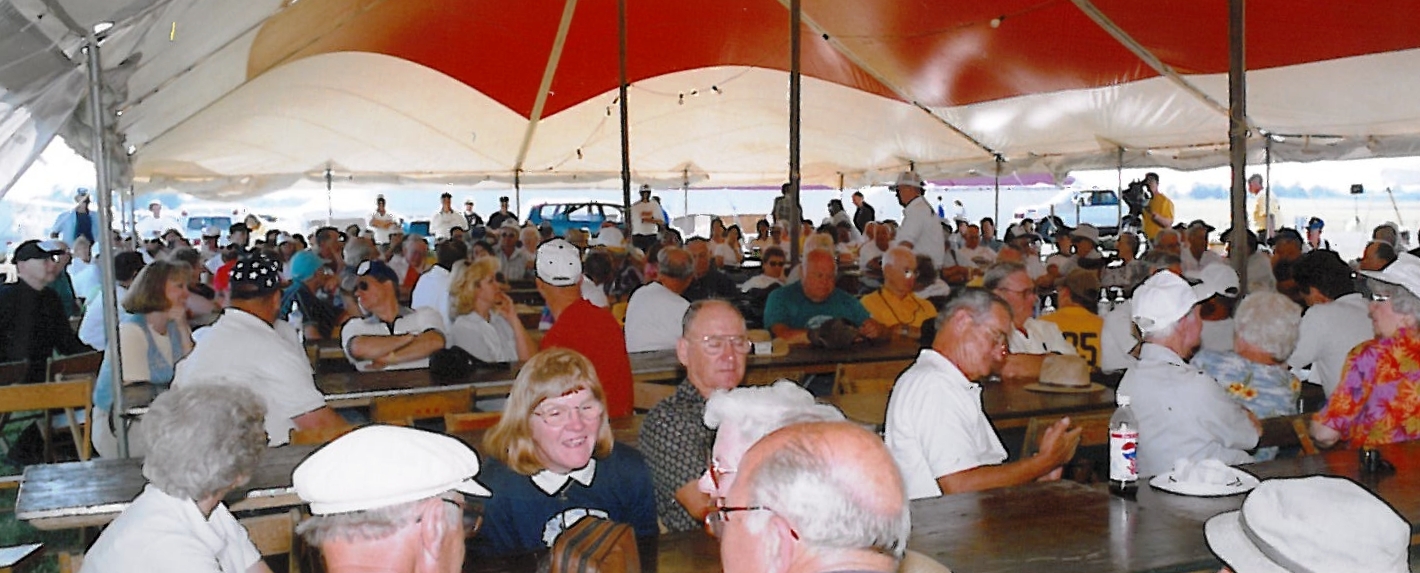
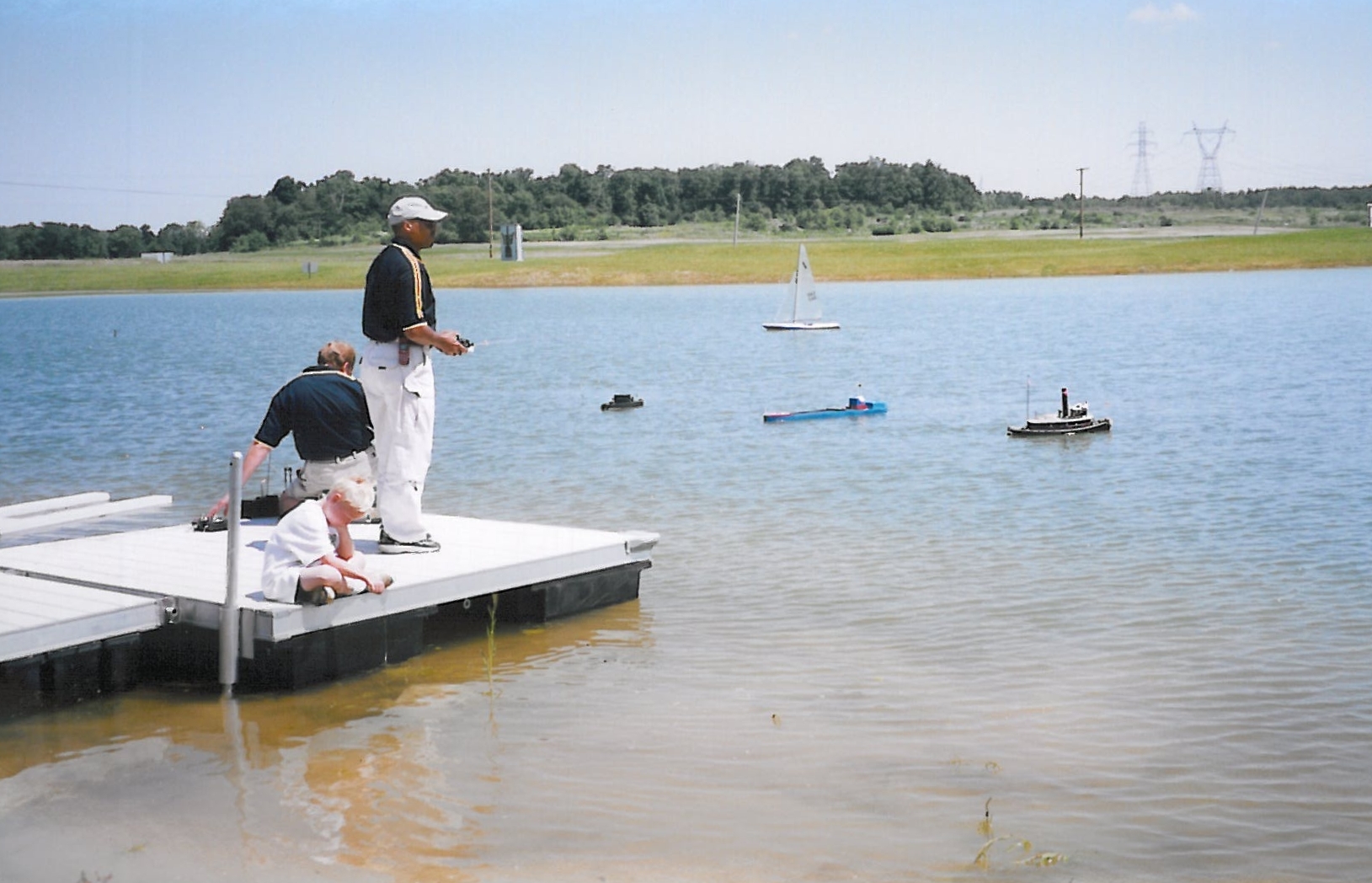

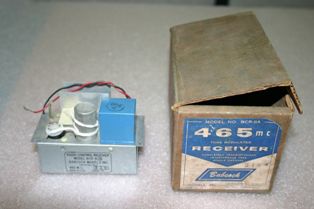
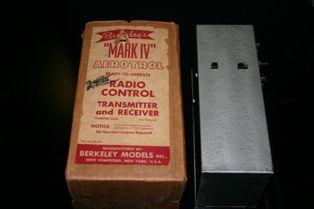
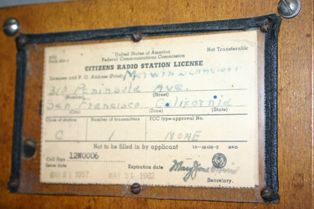
Recent Comments